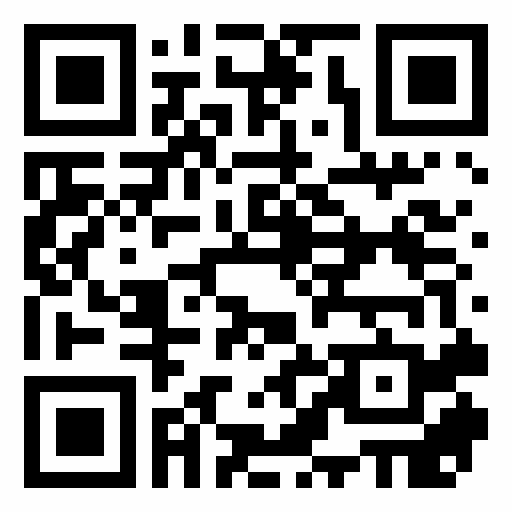Introduction: findings of this study have proven that the causes of formation of the urinary tract stone are multi-factor affected by environmental, metabolic and genetic factors. Different epidemiologic factors have been introduced as the underlying factors in the formation of urinary stones. The objective of this study is the epidemiological and demographic examination of the patients with urinary stones and the composition of urinary stones in patients visiting Jahrom treatment centers. Materials and Methods: This descriptive cross-sectional study was conducted on 728 patients with urinary stones visiting Jahrom treatment centers. After collecting the required urinary stones, the composition of urinary stone of the patients was examined. Finally, by the use of SPSS software and chi square test the data was analyzed. Results: the analysis of data indicated that the combination of calcium oxalate and uric acid were the most common urine stone followed by pure calcium oxalate, and men are more prone to urinary stones than women (72.5% to 24.8%). masculinity, tropical regions, previous history of stone, family history, low education, taking hypertensire drugs, back ground diseases and age are considered as risk factors for urinary stones. Conclusion: This study proved that epidemiological and demographic factors are associated with the formation of urinary stones and increase its risk. Thus, by identifying these factors it is possible to decrease the burden of this disease over society and individuals.
